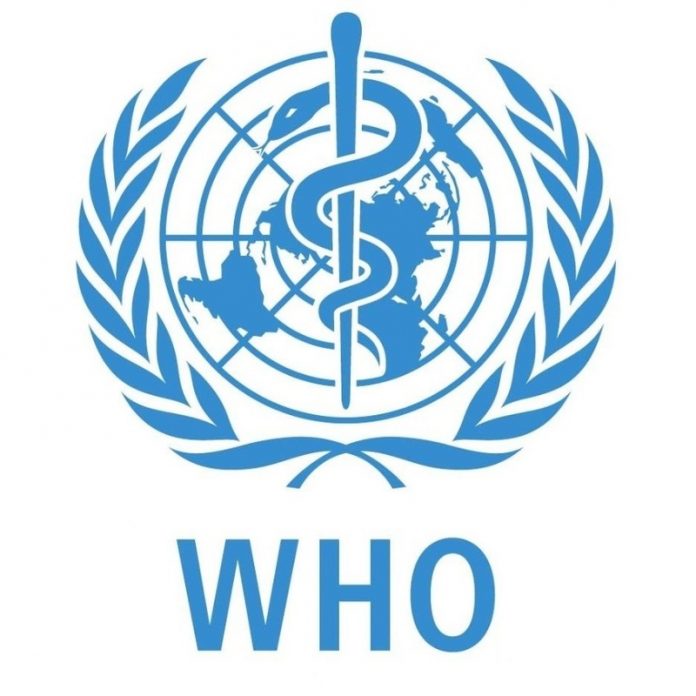The World Health Organization, WHO, has raised alarm to the widespread of Sexually Transmitted Infections, STIs, and bacterial vaginosis, BV, a common infection of the vagina, especially among women in sub-Saharan Africa.
The apex UN health agency said these conditions have important health consequences, including genital symptoms, pregnancy complications, infertility, enhanced transmission of Human Immuno-deficiency Virus, HIV, and psychosocial effects.
The WHO estimated that, in 2012, there were 357 million new episodes of four curable STIs and 417 million people had infection with herpes simplex virus type 2, HSV-2. Global estimates of BV occurrence have never been made.
Reports say that estimating the global burden of STIs is hampered by the limited availability of STI diagnostic testing and surveillance and a scarcity of high-quality published studies of STI prevalence in low- and middle-income countries. Given these limitations, a WHO consultation highlighted the importance of exploring potential data available through clinical research studies and trial networks that gather baseline data on STIs, even when estimating STI prevalence is not the primary study objective.
In a study recently published in PLOS Medicine, investigators heeded the call to action by using combined data from 18 HIV prevention studies, including more than 37,000 women in sub-Saharan Africa, to estimate the prevalence of chlamydia, gonorrhoea, syphilis, trichomoniasis, HSV-2, and BV.
The study revealed age-specific, region-specific and population-specific patterns in prevalence of these infections. It indicated a higher prevalence of STIs among younger women (15-24 year-old) compared with older women (25-49 year-old).
What is the way forward? Reports say that better data on STI burden in low- and middle-income countries are required in order to fast-track the development of STI vaccines to tackle the situation.


















